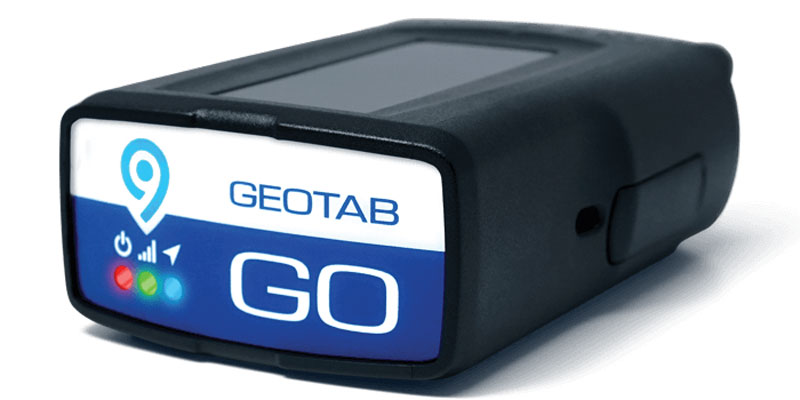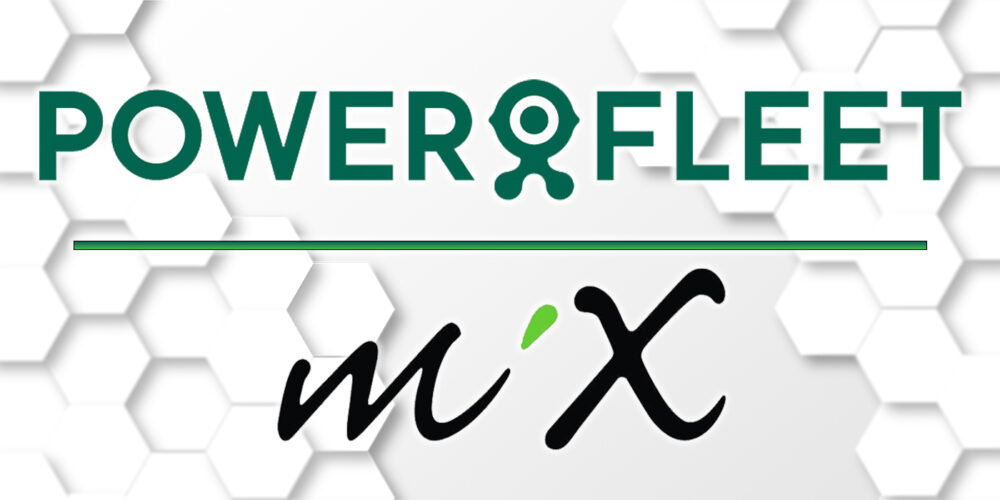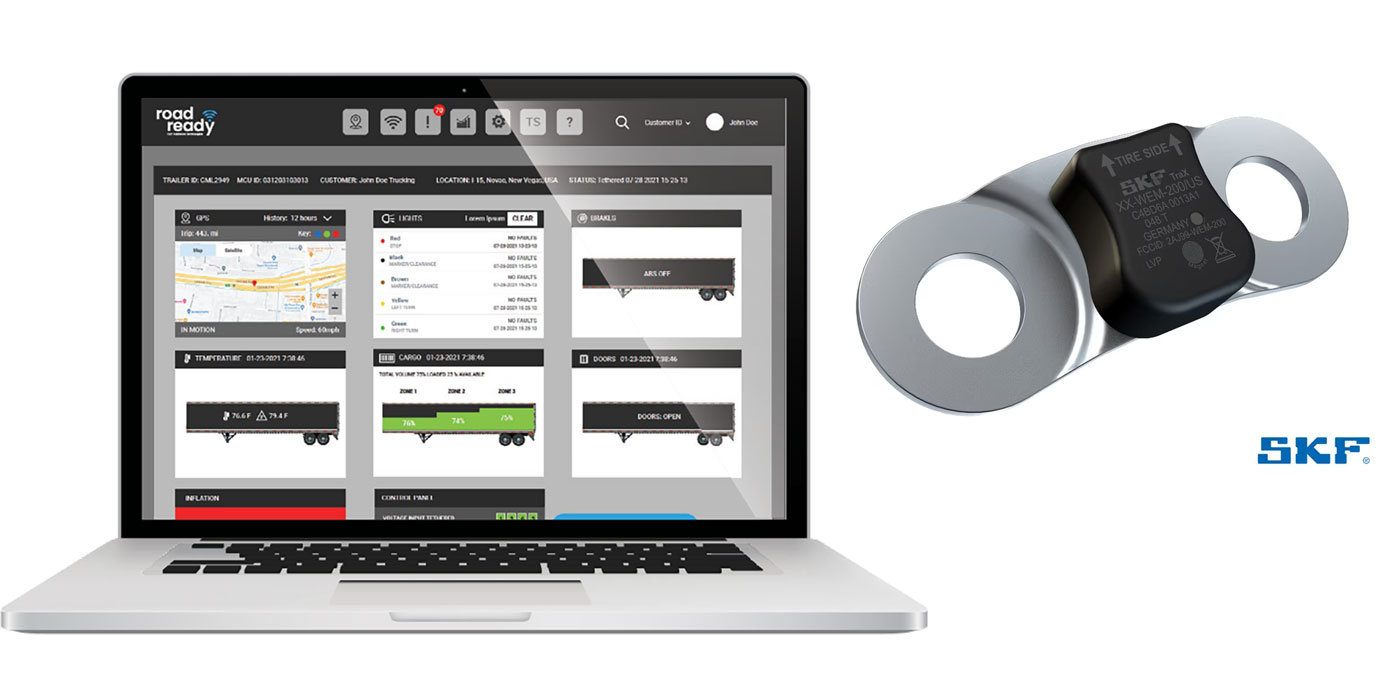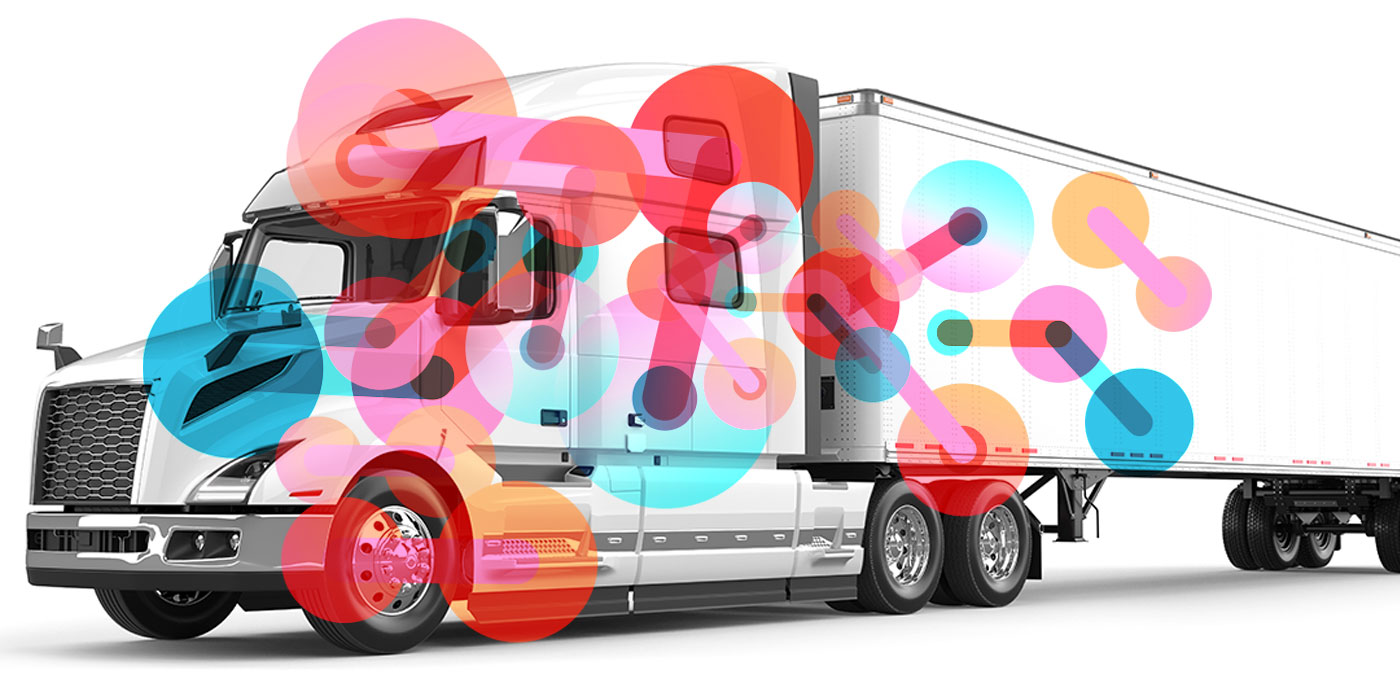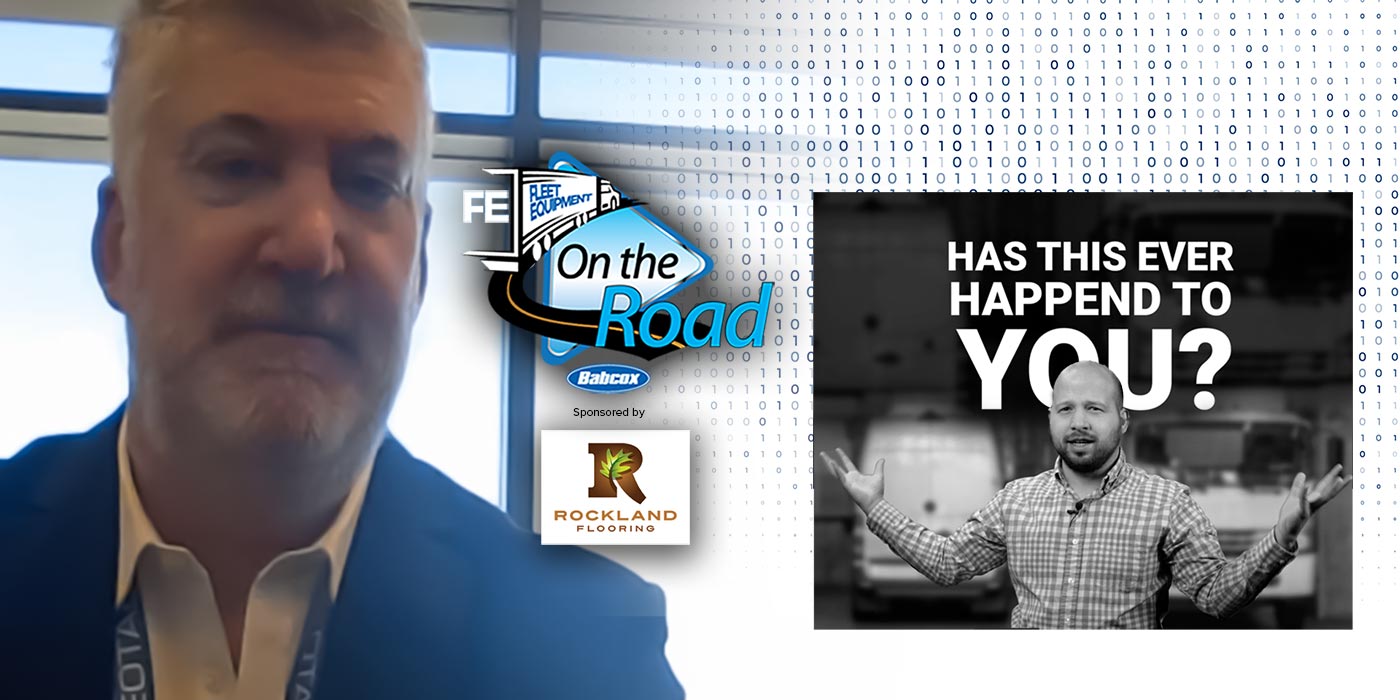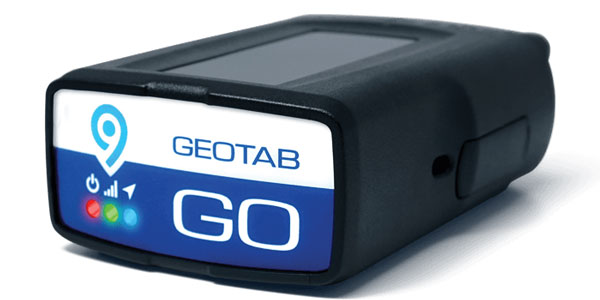
Attention last-minute ELD shoppers! If you’re still running an AOBRD as an ELD solution, you will not be compliant come Dec. 16. You will need a fully compliant ELD solution or you will face fines and/or out-of-service consequences. And this impacts a majority of fleets on the road at last count.
“For the more than 600,000 trucks that have not yet upgraded to ELD from AOBRD, make an informed decision to buy an ELD-connected device that communicates by 4G LTE now,” said Colin Sutherland, executive vice president of Geotab. “I’d highly recommend investing with a service provider that is financially solid and is a trusted technology partner. Do not pay for the new hardware or new subscription until you are fully installed with your upgraded connected services and trained on how to use ELD and any other services, then make the switch before the deadline.”
Sound advice.
Here are more ELD buying and implementation tips from the technology pros.
Time is of the essence
“Be mindful of the deadlines. Since time is running out to get switched from AOBRD, the recommendation is to pick a provider that is established and can get equipment out right away or a provider that is a plug-and-play, meaning the driver can use a tablet or phone to use the ELD system. Now is the time to get this done.”
That’s from the Fleetworthy Solutions team of Amanda Main, supervisor, safety vehicle services; Billy Stover, DOT regulatory compliance consultant; and Pam Jones, senior consultant.
Understand the system
“Choosing the right ELD is not like buying a stick of gum–you need to understand the system by asking questions about the extent of its functionality and what the service provider can offer you beyond hardware, like robust customer support and training assistance,” said Travis Baskin, head of regulatory affairs with KeepTruckin. “Finding a company that partners with your fleet to tailor the right experience and help you successfully transition from AOBRD to ELD is a very involved process, and one you want to get right the first time.”
Compliance is paramount
“Ensure your provider has taken the extra steps to ensure they are protecting you by maintaining the highest levels of compliance,” said Scott Stofer, director of product management for Orbcomm. “Make sure that your provider isn’t playing fast and loose with the mandate. While it may seem desirable to go with a company that is allowing drive time edits or not forcing a true local connection between the interface and the black box because it makes the short-term transition easier, it puts you, your business and your drivers in jeopardy in the long term.
“Choose a technology provider who has taken the extra steps to know the mandate inside and out, who is actively involved in the ELD and HOS rules processes and has taken the extra steps to get its system validated by an independent third party amongst other things.”
Don’t assume it works
“Fleets should be wary of systems that don’t feature a local connection between the vehicle and the ELD display,” KeepTruckin’s Baskin said. “When operating in remote areas with no cell connectivity, only a local connection will maintain an accurate record for the driver. Devices not working as intended put fleets at risk of financial consequences, so it’s important to ensure that devices are always running the most up-to-date software and firmware at every touch point of the system.”
Size matters
“ELD compliance is an easy hurdle for an organization to vault over, but to take advantage of digitizing and modernizing your fleet, you’ll want to select a provider that will work to optimize your entire operations,” said Douglas Schrier, Transflo vice president of product and innovation. “Fleets moving to ELD compliance need to understand the implication to their drivers and operations; both need to be trained on the change. We recommend a phased roll-out.”
How long does implementation typically take?
“At the very least, fleets would need about a minimum of one month to achieve a seamless, reliable and easy transition,” said Orbcomm’s Stofer. “Switching from AOBRD to ELDs can run very smoothly, provided you have a plan. The big areas of change will be people, policies, processes and training.”
Orbcomm took a minute to break those areas down:
- People: Identify the stakeholders who will be impacted, including drivers, dispatch, training, safety and compliance, IT, finance and support. Also, choose driver champions who will help support adoption.
- Policies: You will need to update your policies to key areas such as personal conveyance, yard moves and log certification.
- Training: Plan for both group and one-on-one training to ensure any questions that do crop up can be covered.
- Documentation: Carriers should ensure that drivers have the basic supporting documents available.
Remember: Drivers are on the ELD front lines
“Lack of training will cause driver frustrations and increase turnover,” said Douglas Schrier, Transflo vice president of product and innovation. “A driver needs to know how to use personal conveyance, yard moves and how to correctly move between statuses. If a driver is not properly trained they will fail to move status correctly, which can jeopardize available work hours. For example, if a driver does not select personal conveyance when intended to use PC and they start moving, the move will register as a driving event. This can and will negatively impact the driver’s clock.”
ELD education continues after implementation
The learning doesn’t stop at implementation, according to the Fleetworthy Solutions team of Amanda Main, supervisor of safety vehicle services; Billy Stover, DOT regulatory compliance consultant; and Pam Jones, senior consultant.
“Not only should the people using the ELD tool know how it works, but the end-user should also understand why it’s essential and how it helps have a safer work environment and stay in compliance,” the Fleetworthy Solutions team said. “Implementation of change management should be focused on consistently training the people who are actually going to use the tools.”

